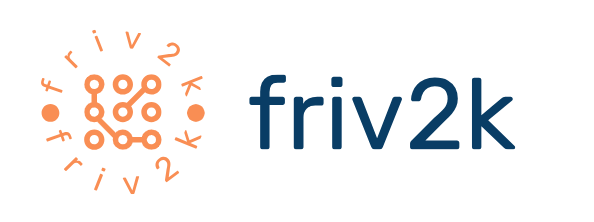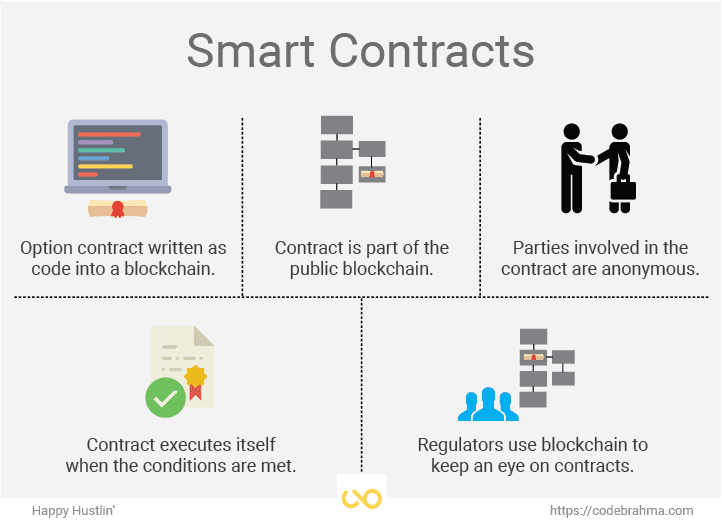Delving into LLM Machine Learning
In the realm of artificial intelligence, LLM (Large Language Models) machine learning techniques are garnering increasing attention for their ability to process and understand vast amounts of natural language data. These advanced techniques represent a significant leap forward in the field of machine learning, offering new possibilities for understanding and interacting with language on a large scale.
Understanding the Foundations
Before diving into advanced LLM machine learning techniques, it’s essential to grasp the foundational principles that underpin this approach. At its core, LLM machine learning involves training models on vast amounts of text data to develop an understanding of language patterns and semantics. By analyzing this data, LLM models can generate coherent and contextually relevant responses to input queries, making them invaluable tools for a wide range of applications.
Exploring Transformer Architectures
One of the key innovations driving the advancement of LLM machine learning techniques is the development of transformer architectures. These neural network architectures, pioneered by models such as BERT (Bidirectional Encoder Representations from Transformers) and GPT (Generative Pre-trained Transformer), have revolutionized the field of natural language processing (NLP). By leveraging self-attention mechanisms, transformer architectures can effectively capture long-range dependencies in language data, enabling more robust and contextually rich language understanding.
Fine-Tuning and Transfer Learning
Another critical aspect of advanced LLM machine learning techniques is the concept of fine-tuning and transfer learning. Rather than training models from scratch on specific tasks, practitioners can leverage pre-trained LLM models and fine-tune them on domain-specific datasets. This approach allows for faster model convergence and improved performance on a wide range of language understanding tasks, making it a popular choice among researchers and practitioners alike.
Addressing Challenges and Limitations
While LLM machine learning techniques have made significant strides in recent years, they are not without their challenges and limitations. One notable challenge is the issue of data bias, wherein models trained on biased datasets may produce biased or discriminatory outputs. Additionally, LLM models often require vast amounts of computational resources for training and inference, making them inaccessible to researchers and organizations with limited resources.
Applications in Natural Language Understanding
Despite these challenges, advanced LLM machine learning techniques hold tremendous promise for a wide range of applications in natural language understanding. From chatbots and virtual assistants to language translation and sentiment analysis, LLM models are powering a new generation of AI-powered language technologies that are revolutionizing how we interact with and understand text data.
Future Directions and Opportunities
Looking ahead, the future of LLM machine learning holds exciting possibilities for further innovation and advancement. Researchers are exploring new architectures, training methodologies, and evaluation metrics to push the boundaries of language understanding even further. Additionally, as the field continues to mature, we can expect to see increasingly sophisticated applications of LLM machine learning in areas such as healthcare, finance, and education, unlocking new opportunities for AI-driven innovation and discovery. Read more about llm machine learning




